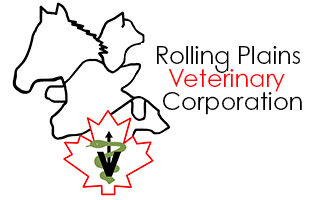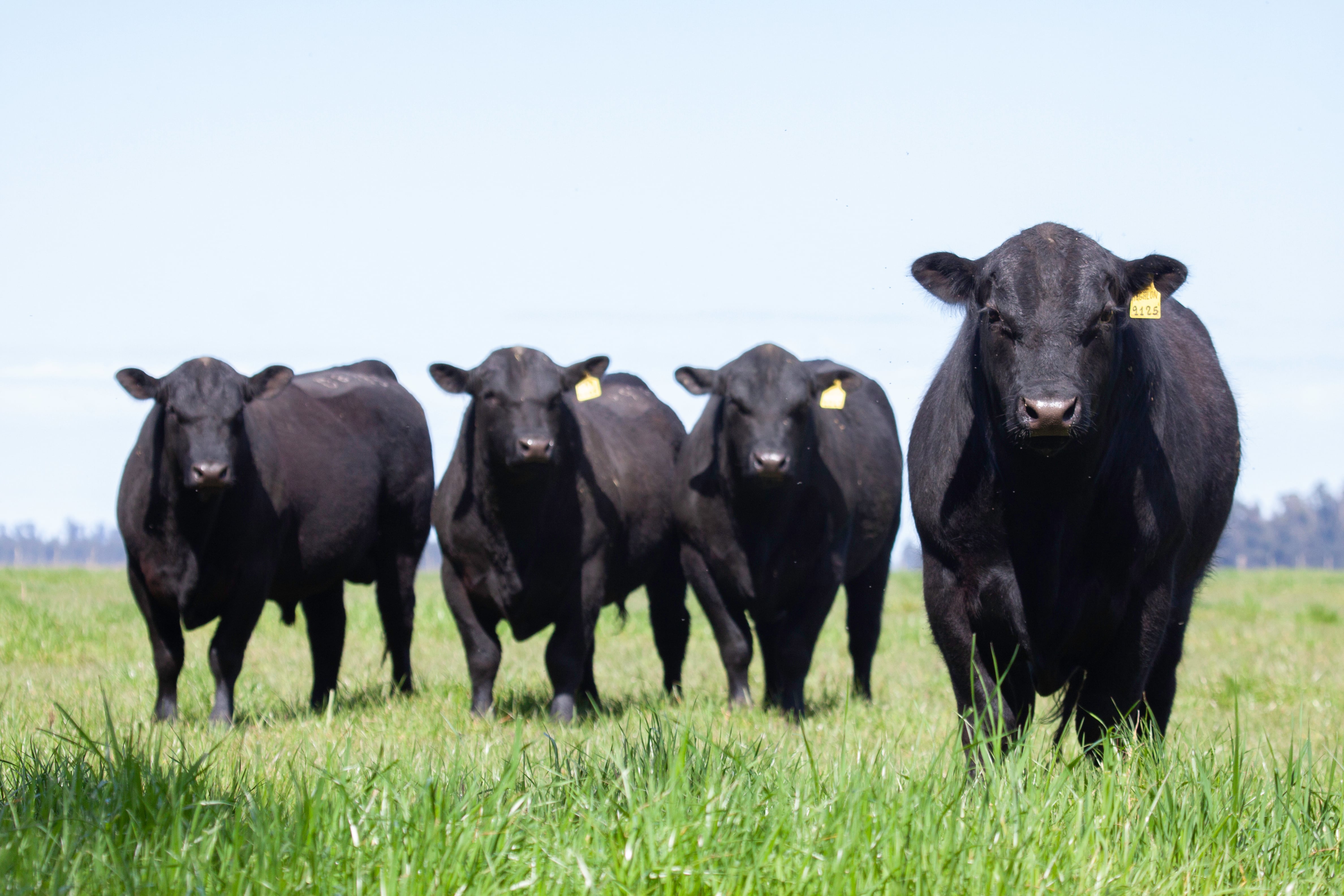From Hooves to Paws: Understanding the Body Differences Between Farm Animals and Pets
October 29, 2024 2:18 pm Leave your thoughtsWhen we think about the animals we care for, whether it’s a faithful dog lounging on the couch or a hardworking horse on a farm, it’s easy to group them together as “animals.” But did you know that farm animals and pets have fascinating differences in their bodies, behavior, and even their biology? These differences go far beyond size and appearance: they also impact how these animals move, live, and interact with us.
At St. Claude Veterinary Clinic, we take care of all sorts of animals, from household pets to hardworking farm animals, and each requires a unique approach to health and wellness. And in today’s blog, we’ll explore some of the key body differences between farm animals like horses, cows, and goats, and common pets like dogs and cats. So whether you’re an animal lover, a pet owner, or someone who’s curious about the differences between these animals, this exploration of body mechanics will give you a fresh perspective on our four-legged friends.
1. Hooves vs. Paws: A Tale of Two Feet
Let’s start with one of the most obvious differences—what’s under their feet. Whether it’s a cow in the pasture or a dog bounding across your backyard, how these animals are “footed” makes a big difference in their mobility, care, and even their daily needs.
Hooves: Built for Durability
Farm animals like horses, cows, and goats have hooves. A hoof is a tough structure made primarily of keratin, the same material as human nails. Hooves provide these animals with a strong, durable surface to walk on, which is essential for animals that spend their time in various terrains, from muddy fields to rocky pastures.
- Horses have single large hooves on each foot, which they rely on for speed and endurance. In fact, their entire leg structure is built to support fast movement over long distances, which is why proper hoof care, like trimming and shoeing, is crucial to their health.
- Cows and goats, on the other hand, have split hooves (called cloven hooves). These hooves provide extra balance and support for these animals, which often spend their days walking on uneven ground or climbing steep hills.
Hoof care is critical in farm animals because their hooves constantly grow and need to be maintained. Poor hoof care can lead to infections, lameness, or other health issues.
Paws: Flexible and Versatile
Now let’s look at our pets, particularly dogs and cats, who have paws instead of hooves. Paws are much more flexible than hooves, designed for agility, speed, and stealth.
- Dog paws are padded with fat and tissue, which act like shock absorbers, helping them run, jump, and play with ease. The pads also protect them from rough surfaces and give them traction. If you’ve ever marveled at how quickly your dog can turn on a dime or sprint after a ball, you can thank those paws!
- Cat paws are even more specialized. Not only do they provide stealthy movement, but they also house retractable claws, which cats use for hunting, climbing, and self-defense. Cat paws are incredibly sensitive, helping them sense vibrations and navigate their surroundings with precision.
Understanding the differences between hooves and paws gives us insight into the daily care these animals require. For example, dog paw pads can become cracked or sore, especially in hot or cold weather, and may need moisturizing or protection from harsh surfaces.
2. Body Structure and Movement: The Anatomy of a Gallop vs. a Dash
Next, let’s dive into the body structure and movement differences between farm animals and pets. These differences often stem from the roles these animals play in nature or their domesticated environments.
Farm Animals: Power and Endurance
Farm animals like horses and cows have bodies built for strength and endurance. For example, a horse’s long legs and strong muscles are designed for running long distances. This makes sense when you think about their ancestors in the wild, who had to run from predators over large open spaces.
- Horses have an incredible skeletal system that allows for smooth, powerful movement. Their legs work almost like a suspension system, with tendons and ligaments absorbing the impact of each step. This is why horses can gallop at high speeds and still maintain endurance over long distances.
- Cows aren’t built for speed but rather for power and stability. Their large, heavy bodies are supported by strong legs and hooves, making them excellent at carrying weight (think of a cow’s ability to produce milk or plow a field). They may not be fast, but they are incredibly durable.
Pets: Speed and Agility
In contrast, many pets, particularly dogs and cats, are built for agility and speed. Their lighter body frames and flexible joints allow them to be quick on their feet, which is great for hunting, playing, and interacting with their environments.
- Dogs have a variety of body types depending on the breed, but most are built for quick bursts of speed. Take greyhounds, for instance—these dogs are racing machines with long legs, deep chests, and lean bodies designed for fast sprints. Other dog breeds, like terriers, are built for agility and digging, making them excellent hunters.
- Dog traits like agility, speed, and loyalty have been cultivated through selective breeding. Breeds like border collies, for instance, are highly agile and can make sharp turns when herding sheep, showcasing how their anatomy is linked to their working purpose.
- Cats, meanwhile, are the masters of flexibility. They have a skeletal structure that allows them to twist and turn in mid-air, giving them their famous “righting reflex,” which helps them land on their feet when they fall. Their strong hind legs allow for impressive jumps, while their flexible spines provide balance and speed during the chase.
3. Digestive Systems: Ruminants vs. Simple Stomachs
Another key difference between farm animals and pets is their digestive systems. These differences dictate what they eat, how they process food, and even how often they need to be fed.
Farm Animals: Ruminants and Complex Digestion
Many farm animals, such as cows, goats, and sheep, are ruminants, meaning they have a specialized digestive system that allows them to break down fibrous plant material like grass. Ruminants have multiple stomach chambers (usually four), each with a specific role in digestion.
- Cows are a classic example of ruminants. They chew their food (grass, hay, etc.) and swallow it into their first stomach chamber, the rumen, where the food begins to break down. Then, they regurgitate the food, chew it again (known as cud), and swallow it back down, where it continues through the rest of their stomach chambers for digestion. This complex system allows cows to extract nutrients from tough, fibrous plants that other animals, like dogs or cats, could never digest.
- Goats also have a ruminant digestive system, which allows them to eat a wide variety of plants, including some that might seem unappetizing or even toxic to other animals.
Pets: Simple Stomachs and Meat Eaters
In contrast, pets like dogs and cats have simpler stomachs. They are primarily carnivorous (though many dogs are omnivores), and their digestive systems are built to process protein-rich diets.
- Dogs have a straightforward digestive system compared to ruminants. Their stomachs are designed to break down meat quickly, extracting the protein and nutrients they need. Dogs tend to eat less frequently but in larger amounts.
- Cats are obligate carnivores, meaning their digestive system is specifically adapted to process animal proteins. They have short, simple digestive tracts because meat is easier to digest than fibrous plant material.
Understanding these digestive differences is important when it comes to feeding and care. For instance, cows need constant access to roughage like hay, whereas dogs need a diet rich in protein and fat but balanced with fiber.
4. Social Behaviors and Bonds with Humans
It’s not just their bodies that differ—farm animals and pets also have distinct social behaviors and relationships with humans.
Farm Animals: Herd Behavior
Most farm animals are herd animals, meaning they feel safest and happiest when they’re part of a group. This is especially true for horses, cows, sheep, and goats, which rely on the herd for protection and social interaction.
- Horses form strong bonds within their herd and establish a clear social hierarchy. They communicate with each other through body language, vocalizations, and subtle movements.
- Cows also have social structures within their herds. They develop friendships and even show signs of grief when a member of the herd is lost.
While farm animals can form bonds with humans, especially those who care for them daily, their primary social structure revolves around their herd.
Pets: Bonding with Humans
In contrast, pets like dogs and cats have evolved to form deep, meaningful bonds with humans. Dog traits like loyalty, affection, and protection are the result of thousands of years of domestication. Dogs, in particular, see their human family as part of their “pack,” and they often look to humans for leadership, protection, and companionship.
- Dogs thrive on social interaction with humans, and their ability to read our emotions and respond with empathy is one of the reasons they’re known as “man’s best friend.”
- Cats, while more independent, also form strong bonds with their owners. Though they may not rely on a pack structure like dogs, cats develop affection for their humans and often communicate through purring, head-butting, and slow blinking.
St. Claude Veterinary Clinic: Here for Your Pets and Farm Animals Alike
At St. Claude Veterinary Clinic, we understand the unique care needs of both pets and farm animals. So whether it’s ensuring your loyal dog is in top health or caring for a herd of hardworking livestock, our team is here to support the well-being of all the animals in your life. We offer comprehensive veterinary services for everything from routine checkups and vaccinations to emergency care and specialized treatments. And our veterinarians are experienced in both companion and farm animal care, so you can trust that your furry, hooved, or feathered friends are in the best hands.
So if you’re looking for personalized, compassionate care for your animals, reach out to St. Claude Veterinary Clinic today. Our knowledgeable team is ready to answer your questions and make sure all of your animals are living their best, healthiest lives—from paws to hooves.
Categorised in: Cattle Care
This post was written by Dr. Marc Phillipot

